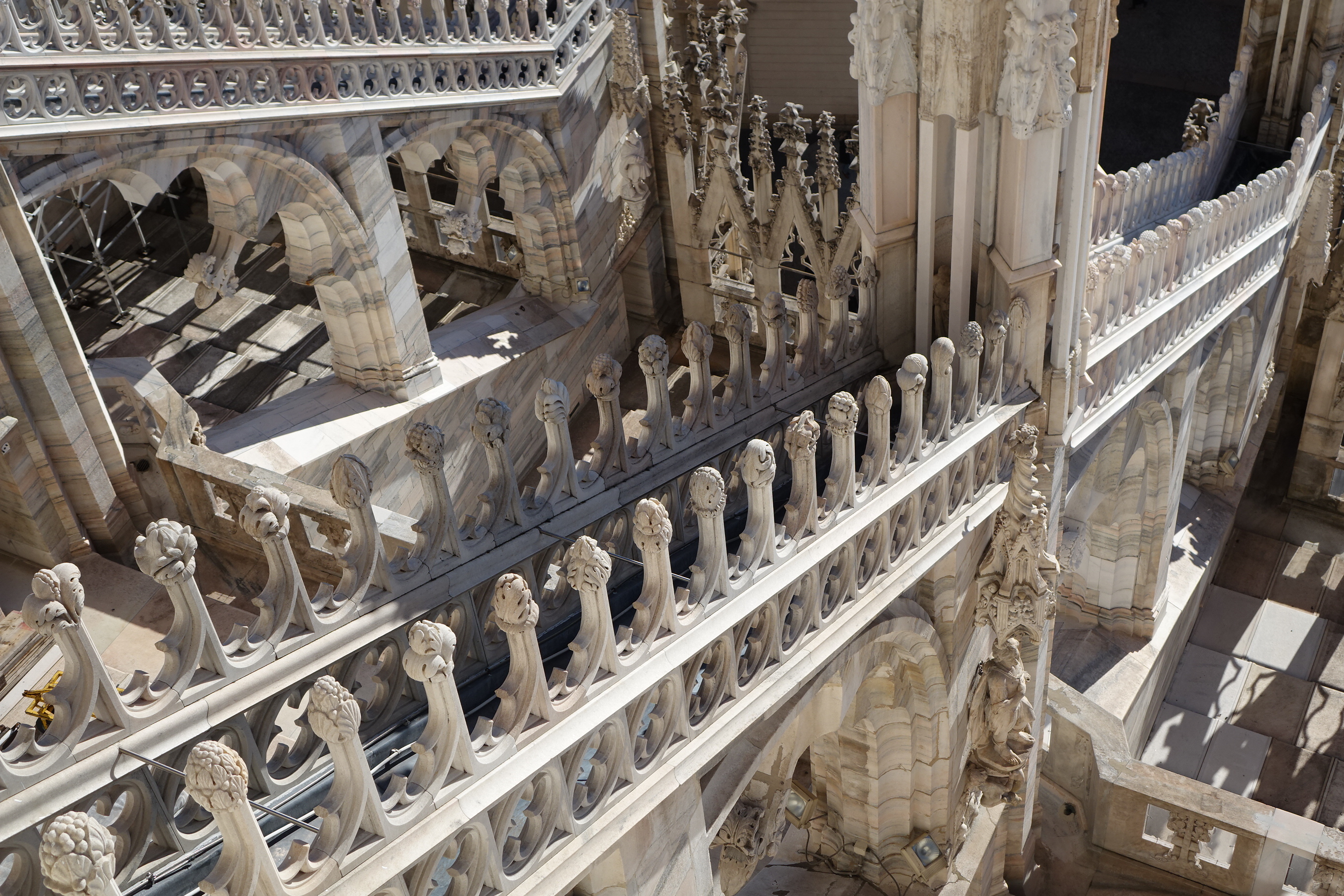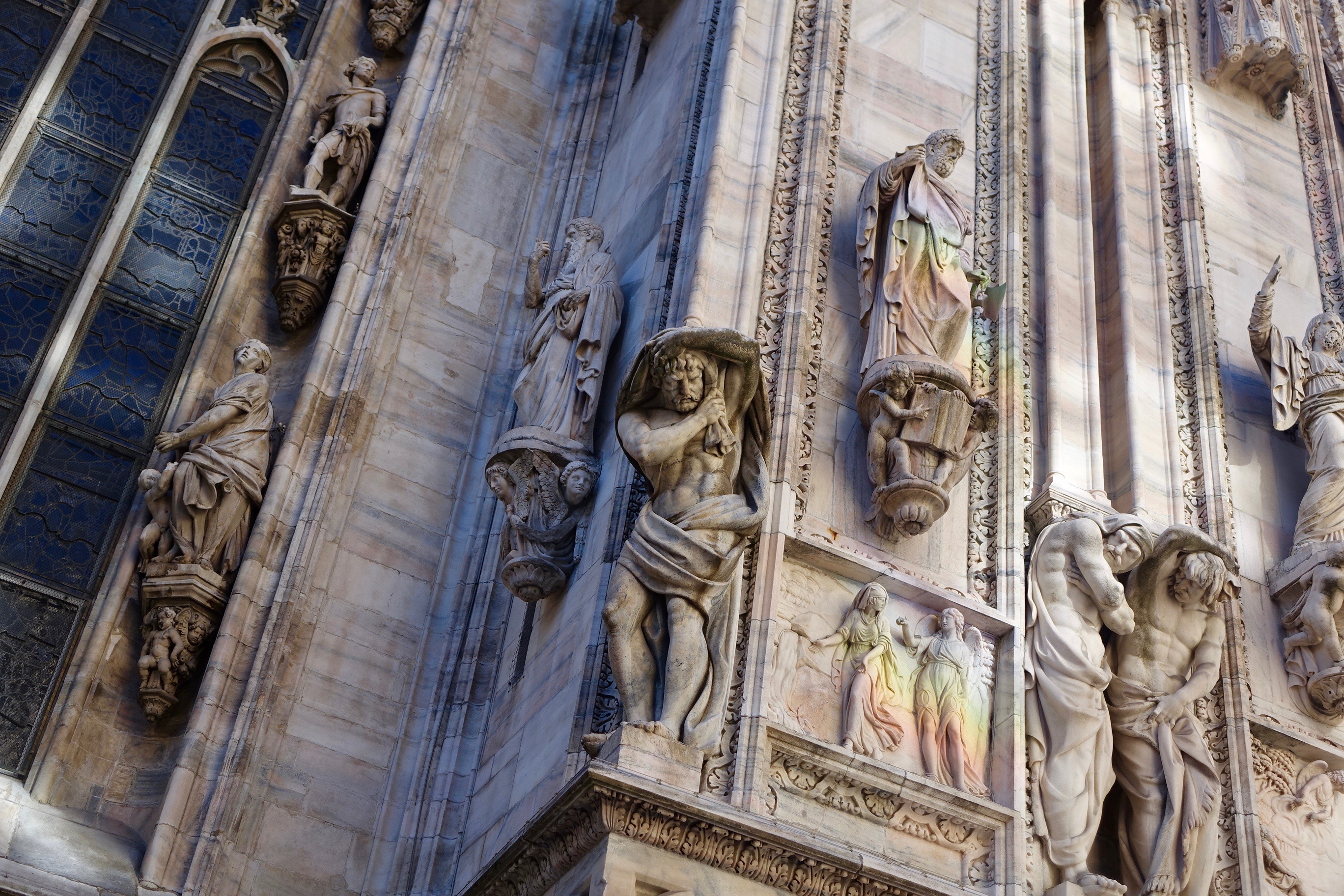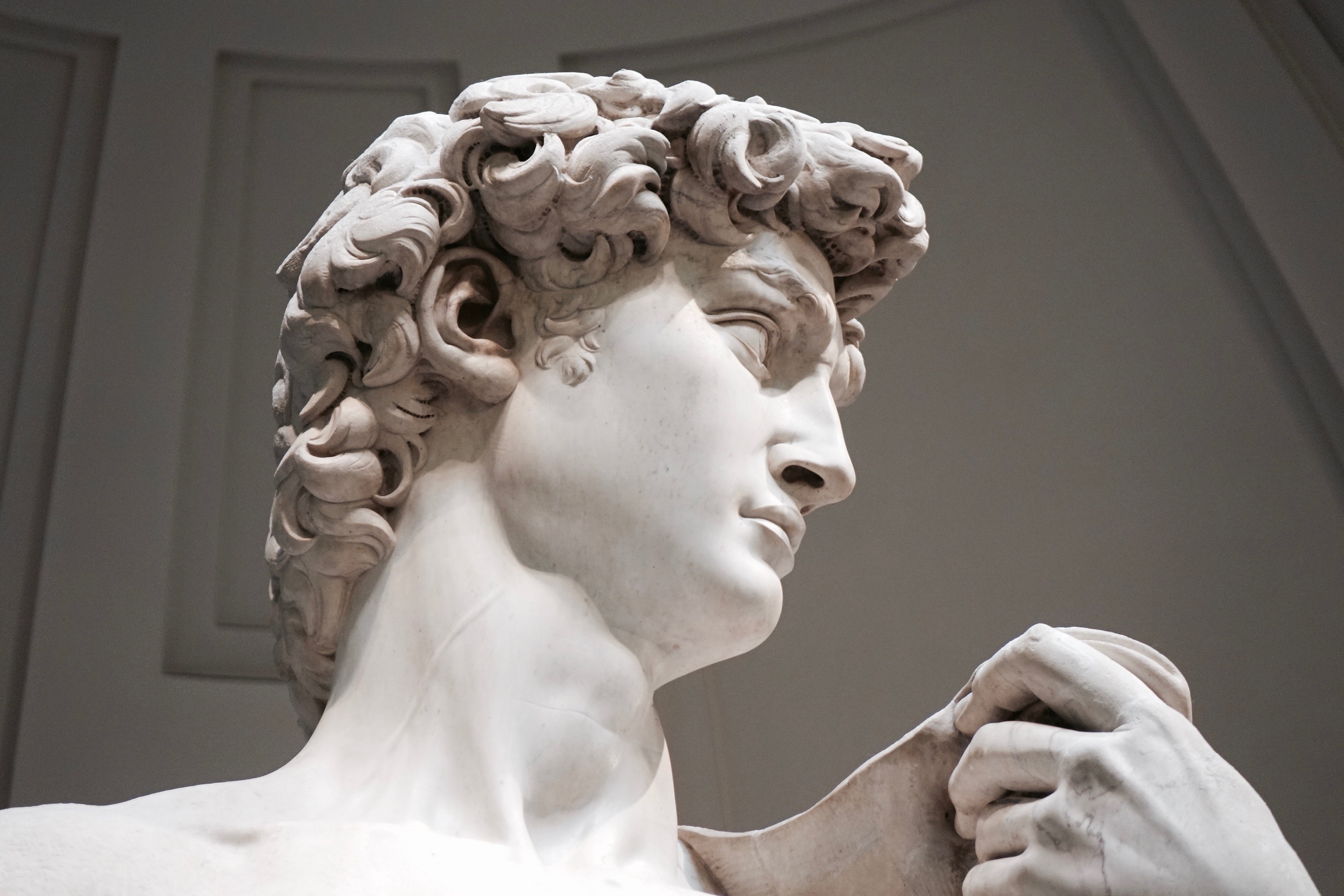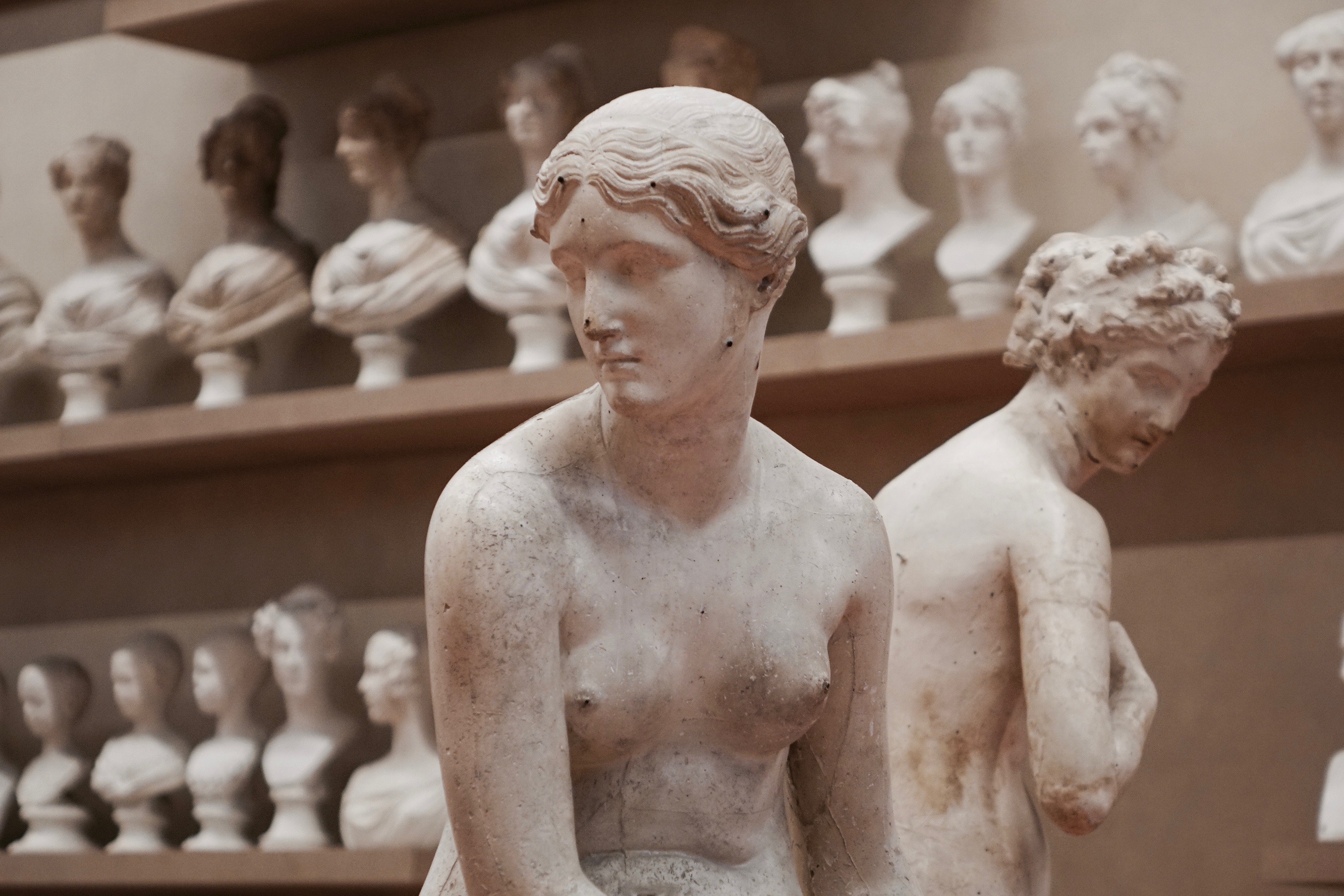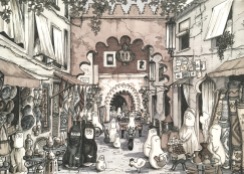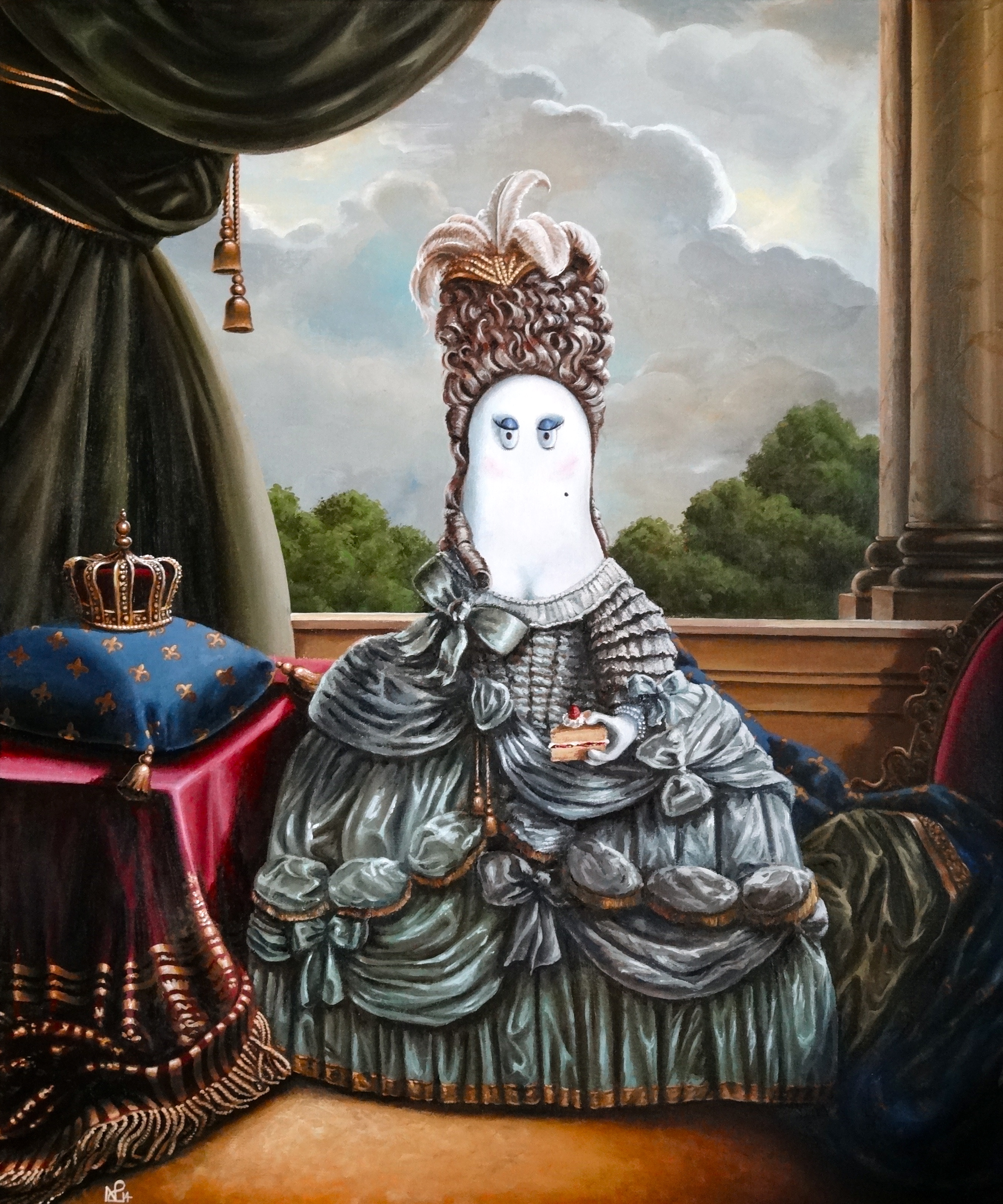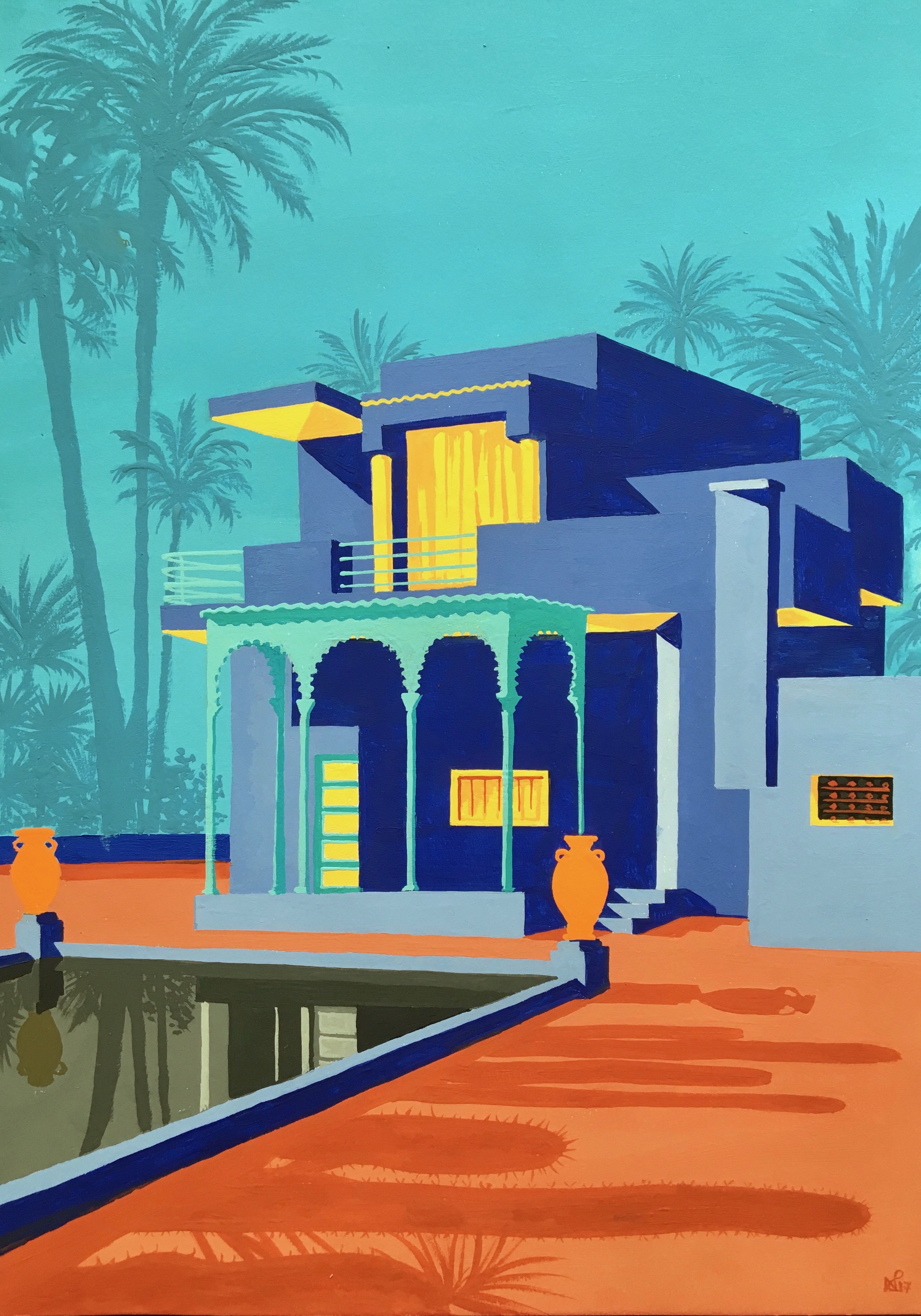One morning in Zürich
Last weekend was joyfully sunny, despite being spent in London during the midsts of its Winter. Sitting on Clapham Common, enjoying coffee on consecutive days reminded me of another winter weekend we enjoyed as 2017 turned into 2018; when in the pristine clean air and surrounded by the magnificence of tall snowy mountains and glistening mirrored lakes, we enjoyed a winter’s day which exhibited all the joyful qualities of Spring: one morning in Zürich.
Zürich enchanted us right from the outset. Expecting something of a super-urbanised banking city metropolis, we were surprised to find a town which was so quaint that it could be the setting of a nursery rhyme, with its gothic spires, cobbled streets and oversized clocks. Yet perhaps the best feature of Zürich is its location: nudging the shore of the Northern tip of Lake Zürich, and surrounded by pristine mountain scenery, it is a place to behold, whatever the season.
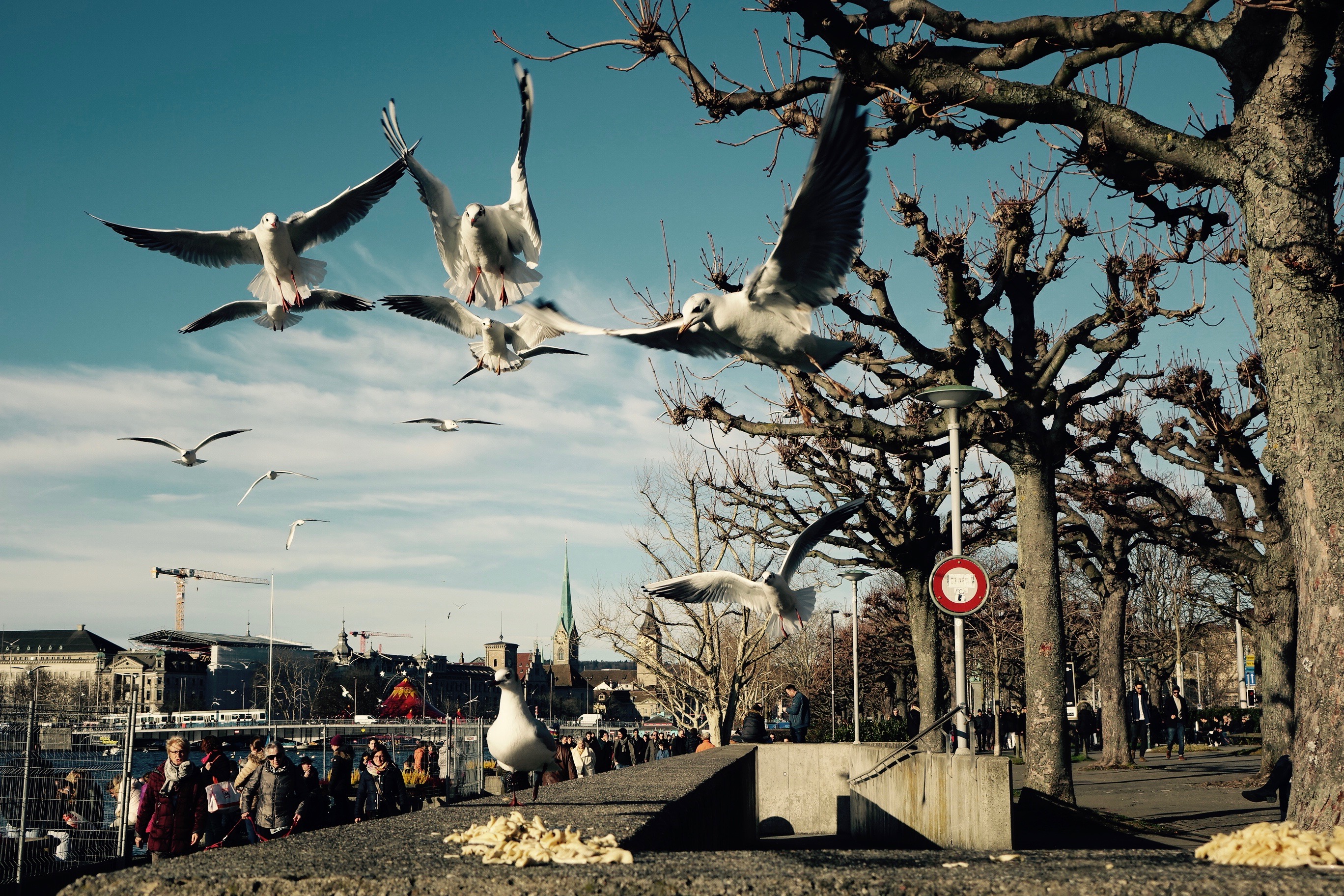








That morning in Zürich showed off the city at its best. With the sun high in the blue sky, all thoughts of winter were swept away as locals took to the gentile path which borders the lake and takes those perambulating on a broad sweep along shallow waters and past progressively green parks and residential enclaves. At the end of the path, and with the city far behind, the view of an uninterrupted mountainous Elysium was ripe to behold, and with the sun beating down on the path and the glassy lake beyond, we stripped off winter layers and breathed deep of the purity of nature that only Switzerland can bring.
That day still lives strong in our mind as we look forward to Spring. Gradually, as each day passes, the optimistic summertime draws near. But occasionally days like that one remind that there is hope even mid-Winter. That’s the transformative power of sunshine.
© Nicholas de Lacy-Brown and The Daily Norm, 2011-2018. Unauthorised use and/or duplication of the material, whether written work, photography or artwork, included within The Daily Norm without express and written permission from The Daily Norm’s author and/or owner is strictly prohibited.

















































































